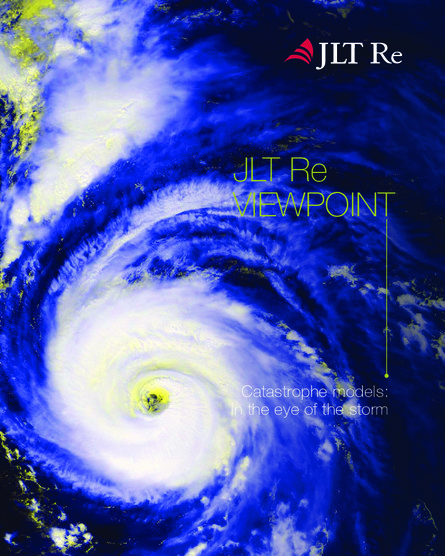
Catastrophe models are once again firmly under the spotlight. Nearly a year on since hurricanes Harvey, Irma and Maria (HIM) devastated coastal regions of the United States and parts of the Caribbean, there is continued uncertainty about the magnitude of insured losses for all three events. How much HIM will ultimately cost the (re)insurance sector remains unclear, and divergent views amongst vendor catastrophe modelling firms are contributing to this uncertainty. As a result, modelled loss estimates are coming in for additional scrutiny, both at industry and individual company levels. The lack of consensus around modelled market losses potentially points to even greater levels of uncertainty for company-level loss estimates.
This scepticism is not new, model limitations exposed by events such as hurricanes Katrina and Ike and Superstorm Sandy have led to recalibrations to address issues such as coastal flooding, storm surge and inland damage. The events of 2017 were therefore an important test for the latest generation of commercial hurricane models. Given the unease expressed by many market participants over the wide-ranging modelled loss estimates that followed HIM, this new JLT Re Viewpoint report examines how the vendor firms have performed in predicting industry wide losses for North Atlantic hurricane events in previous large-loss years, and how the results in 2017 compared.
With the peak months of this year’s hurricane season fast approaching, it is hoped that the study in this report will assist investors, catastrophe modellers and reinsurance buyers in assessing how any modelled industry losses released in the coming months are likely to perform by considering the levels of uncertainty associated with each estimate. Additionally, we hope it will encourage an open dialogue within the catastrophe modelling community that leads to greater levels of transparency and increased market confidence in the post event loss estimation process.
